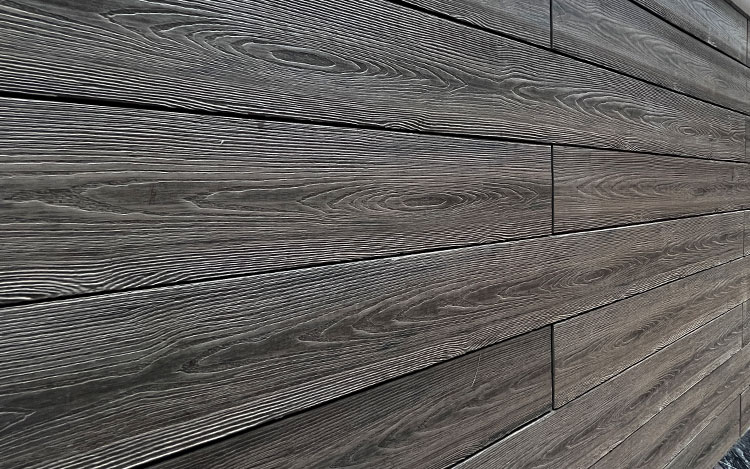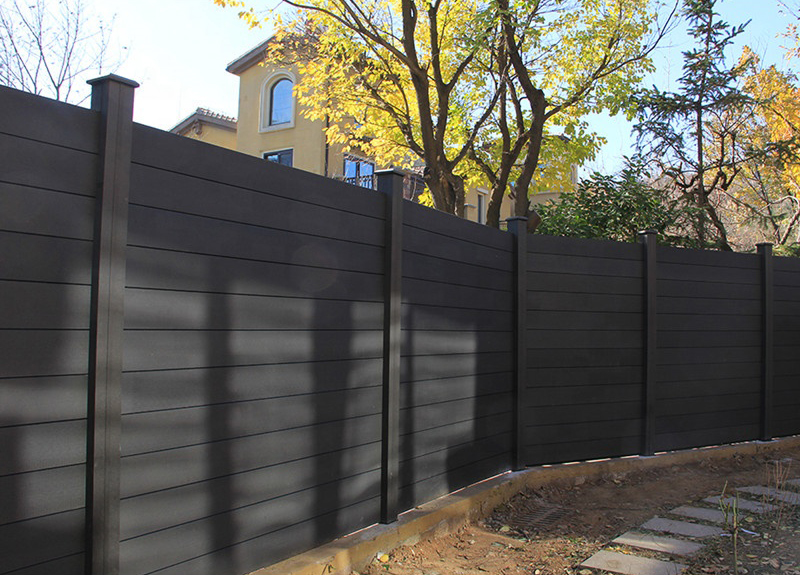Ways To Improve Compatibility Of Wood-plastic Composites
The biggest problem that wood-plastic composites need to solve is how to form a good compatibility between the hydrophilic and highly polar wood fiber surface and the hydrophobic and non-polar plastic matrix interface.In this way, the surface layer of the wood fiber and the surface layer of the plastic matrix are fused at the molecular level,These two materials with different properties are organically combined to form a new composite material with better performance than the original single material.In order to make the composite material have the best comprehensive performance, the researchers pre-treat or modify the surface of the lignocellulosic material, reduce its surface polarity or add a suitable interfacial compatibilizer,Or modify the plastic matrix to increase its surface polarity, so that heterogeneous materials can be easily dispersed and fused during the compounding process to form a stable, firm and uniform interface layer. At present, there are three main modification methods to improve the interfacial compatibility of wood-plastic composites: surface modification of the plastic matrix; pretreatment and surface modification of fiber materials; addition of suitable coupling agents.

Due to the low surface energy of the plastic matrix, chemical inertness, easy contamination of the surface, and the existence of a weak boundary layer, the plastic surface is often inert and hydrophobic and difficult to wet and bond. To this end, the plastic surface can be treated to change its surface chemical composition; increase the surface energy, improve the crystallization state and surface morphology, and improve the wettability of the polymer surface. At present, the main modification methods include chemical modification, photochemical modification, mechanochemical modification, and radiation modification.

Lignocellulosic fiber is composed of cellulose, hemicellulose, lignin and extracts, etc. It is an inhomogeneous anisotropic natural polymer material.Its surface contains a large number of polar functional groups such as hydroxyl and phenolic hydroxyl, and has strong hydrophilicity and chemical polarity.Pretreatment or surface modification of lignocellulosic fibers by various chemical and physical methods,It can increase the roughness of the surface of lignocellulosic materials or make it partly generate hydrophobic non-polar chemical functional groups and increase fluidity, reduce the repulsion with hydrophobic polymers, so as to achieve the purpose of improving interfacial compatibility. The main treatment methods include heat treatment, steam explosion treatment, alkali treatment, esterification or etherification treatment, graft modification and surface physical processing.

Under the same condition of matrix resin, reinforcing material and manufacturing method, adding interfacial modifier is one of the most simple and effective methods to improve the interfacial compatibility of wood-plastic composites. The interfacial modifiers used in composite materials generally consist of functional groups and solvation chains.Functional groups are generally polar groups such as hydroxyl, carboxyl, carbonyl and amino groups, which are tightly adsorbed on the surface of plant fibers by interactions such as covalent bonds, hydrogen bonds and van der Waals forces;The molecular structure and polarity of the solvation chain are similar to those of the polymer matrix, and it has good compatibility with the polymer, and it contains a long soft chain segment, which is conducive to the formation of an elastic interface layer.The interface modifier is added to the raw material before processing, and after molding processing, the modifier molecules migrate to the phase interface of the material,It can reduce the interfacial tension between materials, improve the wetting performance, and enhance the interfacial bonding force, thereby improving and improving the performance of composite materials. The organic interface modifiers used in the preparation of wood-plastic composites mainly include chemical coupling agents, interfacial compatibilizers, long-chain fatty acids and their derivatives and other surfactants.
